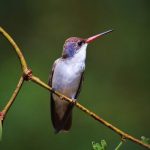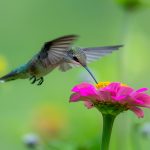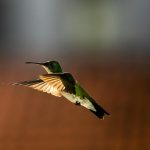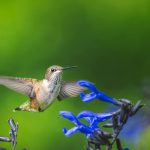Hummingbirds are fascinating creatures known for their vibrant colors, incredible speed, and unique ability to hover in mid-air. Many people enjoy attracting hummingbirds to their gardens by providing food and shelter. One way to do this is by hanging a hummingbird house. But where is the best place to hang a hummingbird house? Let’s explore some key considerations:
1. Location
Choosing the right location for your hummingbird house is crucial to attract these tiny birds. Here are some important factors to consider:
- Visibility: Hang the hummingbird house in a location that is easily visible so that you can enjoy watching the birds’ activities. Hummingbirds are attracted to movement, so being able to see the house from various angles will increase the chances of attracting them.
- Protection: Ensure the hummingbird house is protected from extreme weather conditions, such as strong winds and direct sunlight. Exposure to these elements can be harmful to both the birds and the house. A shaded area with some natural cover, like trees or shrubs, can provide the necessary protection.
- Accessibility: Place the hummingbird house in an easily accessible location, preferably near nectar-rich flowers or feeders, as hummingbirds are attracted to these food sources. Providing easy access to food will encourage them to visit the house regularly.
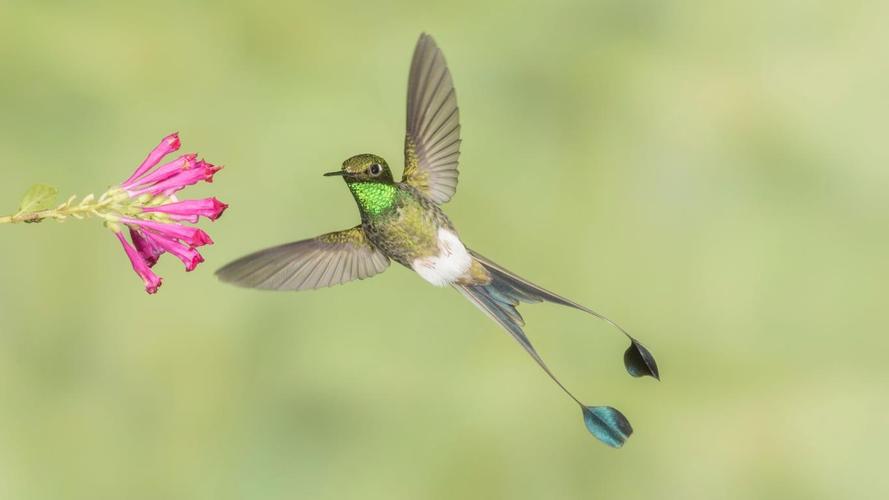
2. Height
The height at which you hang a hummingbird house is also important. Consider the following guidelines:
- Eye Level: Hang the hummingbird house at eye level or slightly higher to facilitate easy observation and maintenance. This will allow you to have a better view of the birds’ activities and make it easier to clean and maintain the house.
- Clearance: Ensure that there is enough clearance around the house for the hummingbirds to approach and enter without any obstructions. Avoid placing the house too close to branches or other structures that may hinder their access.
- Predator Protection: Hang the house at a height that is out of reach for predators like cats or squirrels. Ideally, the house should be at least 5 to 6 feet off the ground to minimize the risk of predation.
3. Orientation
The orientation of the hummingbird house can impact its attractiveness to the birds. Here are some tips:
- Protection from Elements: Face the entrance of the house away from prevailing winds to provide protection from rain and wind. This will help keep the interior of the house dry and comfortable for the hummingbirds.
- Shade: Ensure that the house is not exposed to direct sunlight for extended periods, as this can overheat the interior. A partially shaded location is ideal, providing a balance between shade and sunlight.
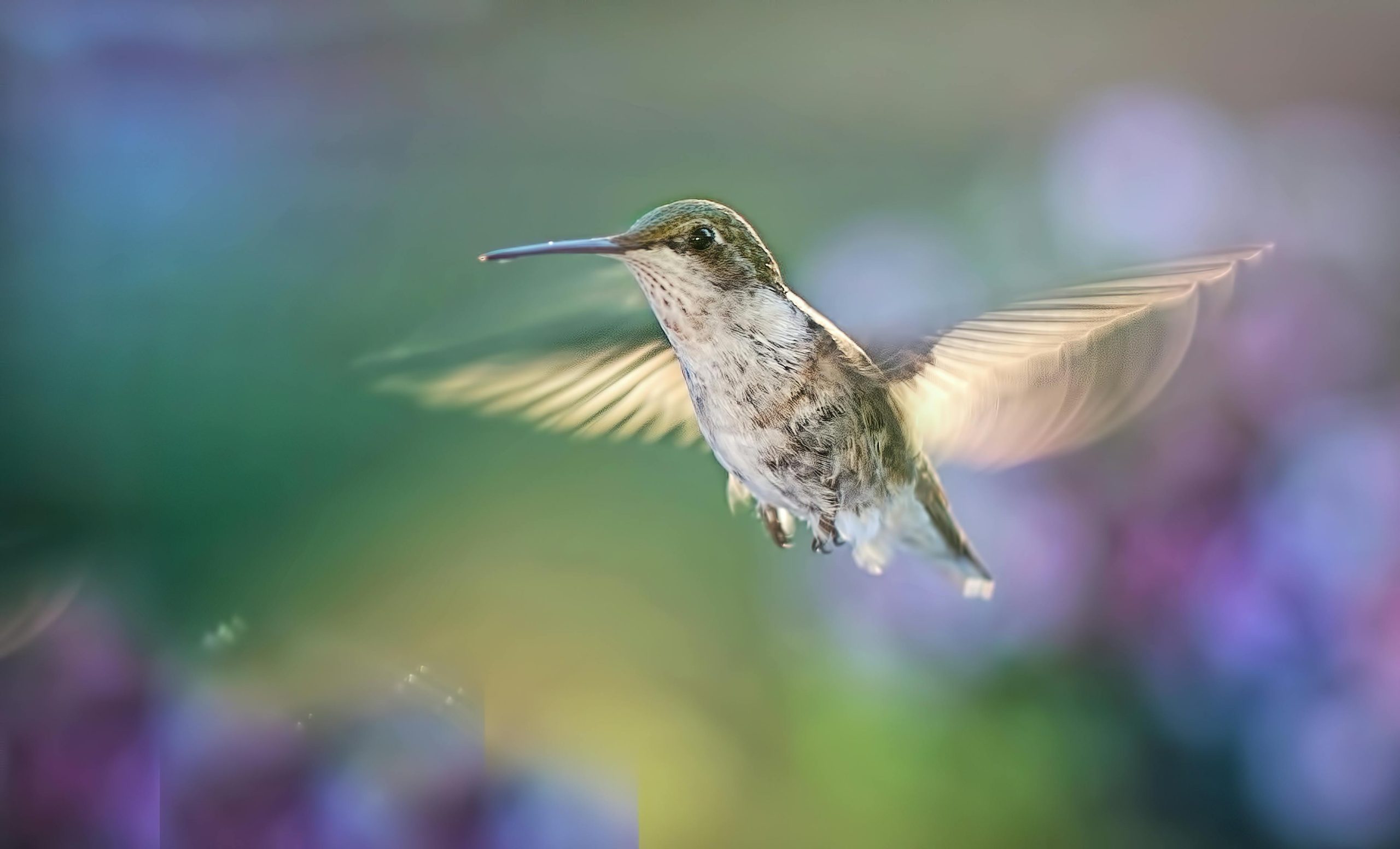
- Visibility: Place the house in a location where it can be easily seen by hummingbirds. Brightly colored houses or those with reflective elements can help attract their attention. Consider placing the house near flowers or feeders to create a focal point for the birds.
4. Landscaping
The surrounding landscaping can play a role in attracting hummingbirds to the house. Consider the following:
- Flower Gardens: Plant a variety of nectar-rich flowers and flowering shrubs near the hummingbird house to create an inviting habitat. Hummingbirds feed primarily on nectar, so having a diverse selection of flowers will provide them with ample food sources.
- Water Source: Provide a nearby water source, such as a birdbath or shallow fountain, as hummingbirds need regular access to water for bathing and drinking. The sound of running water can also attract hummingbirds to the area.
- Avoid Pesticides: Use organic gardening practices and avoid pesticides, as they canbe harmful to hummingbirds and their food sources. Pesticides can contaminate the nectar of flowers, making them toxic to hummingbirds. Opt for natural pest control methods or choose native plants that are naturally resistant to pests.
5. Maintenance
Regular maintenance of the hummingbird house is essential to ensure its longevity and appeal to hummingbirds. Here are some maintenance tips:
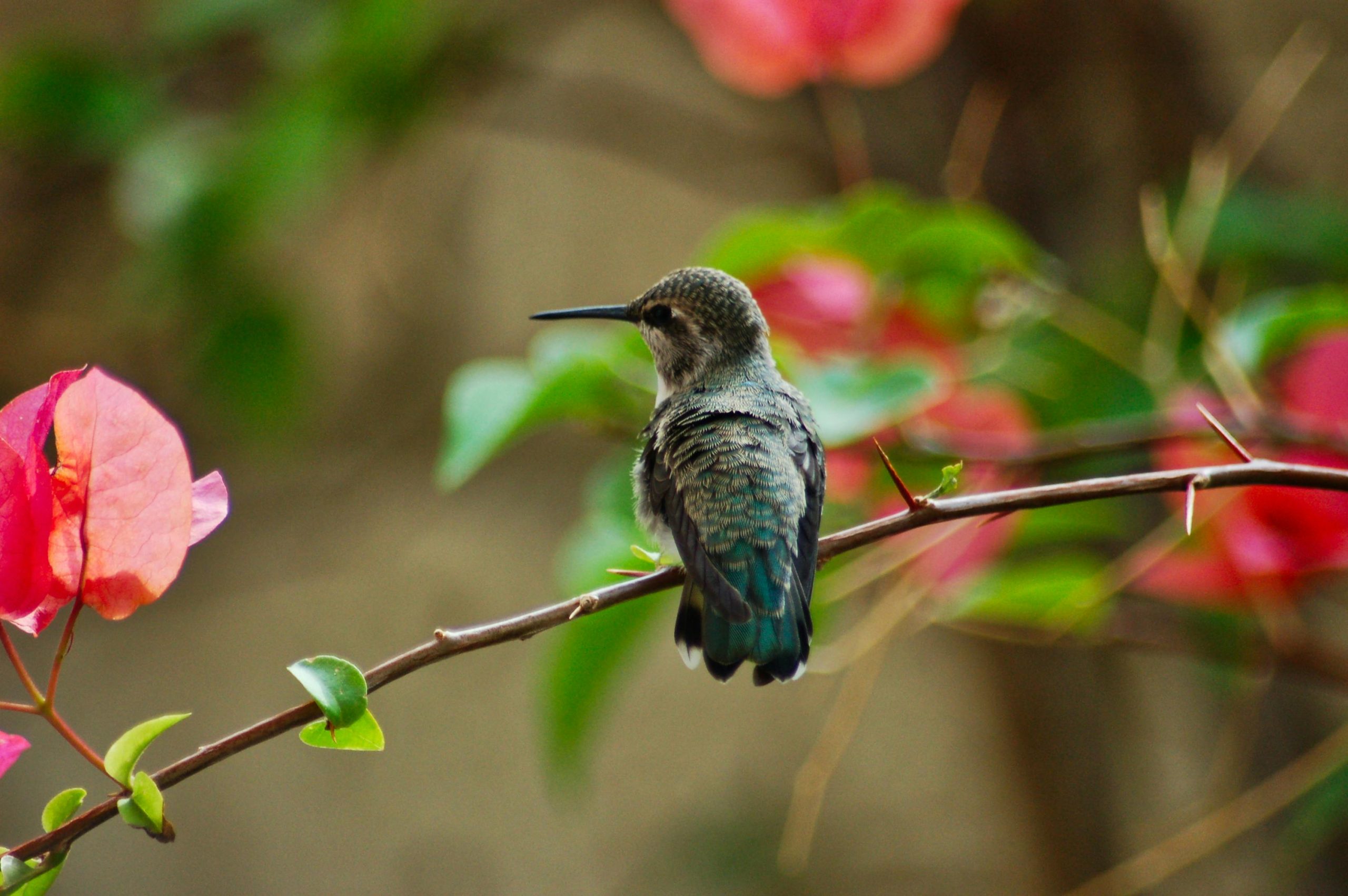
- Cleaning: Clean the house regularly to remove any dirt, debris, or mold. Use a mild detergent and rinse thoroughly. Hummingbird houses can accumulate dust and debris over time, which can be unappealing to the birds and potentially harmful to their health.
- Inspect for Damage: Check the house for any signs of damage, such as cracks or loose parts, and repair or replace as needed. A damaged house may not provide adequate shelter for the birds or could pose a safety risk.
- Refill Food Sources: If you have hummingbird feeders nearby, ensure they are regularly cleaned and refilled with fresh nectar to supplement the natural food sources. Hummingbirds have high metabolisms and need a constant supply of energy-rich nectar.
Conclusion
By carefully considering the location, height, orientation, and surrounding landscaping, you can create an ideal habitat for hummingbirds and increase the chances of attracting them to your hummingbird house. Remember to maintain the house regularly and provide a nearby water source and nectar-rich flowers to enhance the appeal. Enjoy the beauty and wonder of these delightful creatures as they visit your garden!

